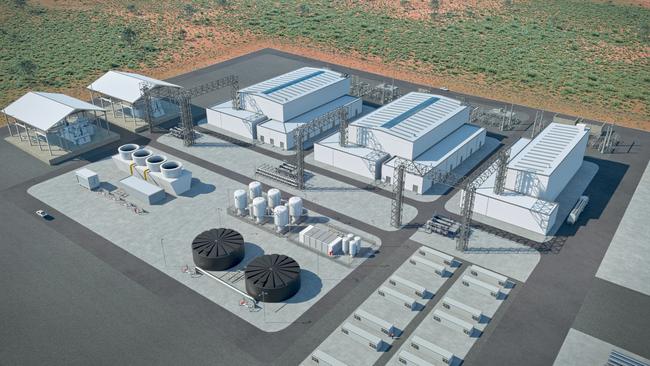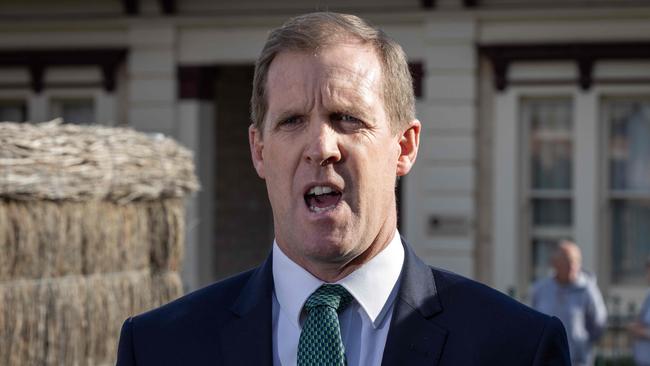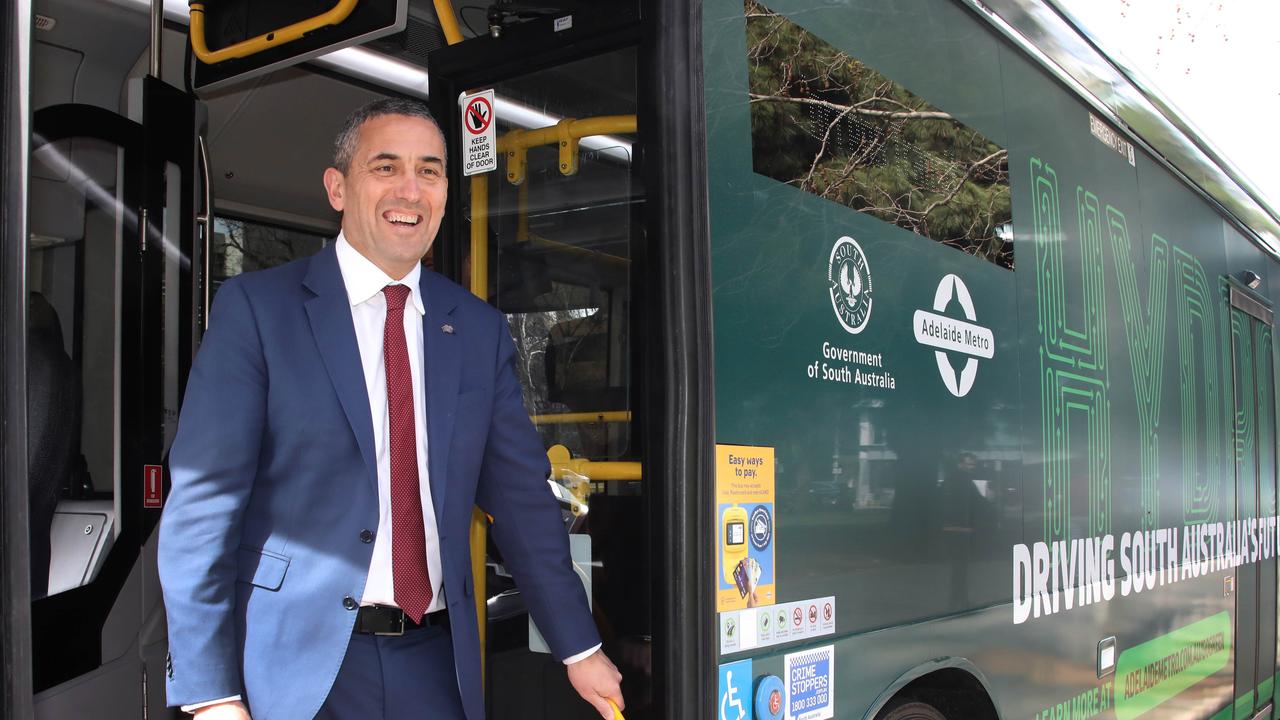Opposition accuses SA Labor of ‘hydrogen fantasy’ as real costs of Whyalla plant rise by $73m
Fortescue’s green hydrogen ambitions have met a premature end, but the state government won’t change its own plans as the Opposition claims the Whyalla plant is $73 million over-budget.
SA News
Don't miss out on the headlines from SA News. Followed categories will be added to My News.
With the collapse of Fortescue Energy’s green hydrogen plans, the Opposition has called South Australia’s own fuel ambitions a “fantasy” for securing the energy grid.
However, the government has brushed aside accusations of a $74m cost blowout for the Whyalla hydrogen plant, arguing the state “should not be afraid of trying new things”.
The attacks come after mining giant Fortescue sacked 700 workers on Wednesday and abandoned its hydrogen production targets amid uncertainty of its allure as an energy source.

Fortescue is one of five major players attached to a yet unbuilt $140 million export hub at Port Bonython, and together, the two projects are pillars of the government’s energy policy.
Energy Minister Tom Koutsantonis said the company has not pulled out of SA and its restructure “doesn’t change what we’re trying to do”.
But Shadow Energy Minister Stephen Patterson has called on the government to “focus on real solutions that will lower energy prices”.

“On its current trajectory, the cost of Peter Malinauskas’ hydrogen fantasy will surge past $700m by 2026 and that’s only if there’s no more delays or increases to staff,” Mr Patterson said.
“There is a reason other governments around the world are leaving hydrogen to the private
sector. It is a huge gamble with taxpayers money for a government to entirely fund unproven technology that won’t lower electricity bills for South Australian households.”
But Mr Koutsantonis said the plant would still cost $593m and the rest accounted for staff and operational costs.

He also said independent modelling suggested the government’s energy policy would bring down prices by 10 per cent from current levels.
“We have an oversupply of renewable energy and the key to cracking the code of decarbonisation has always been storage, so we look at things like battery storage, grid-scale battery storage and hydrogen,” he said.
The nonpartisan Grattan Institute has previously urged “caution” about using hydrogen for long-term energy storage due to questions about its efficiency.
Grattan Institute energy program director Tony Wood said he was not surprised by Fortescue’s announcement and that many green projects were running into cost challenges.
“It’s turning out to be expensive, more so than people may have thought a few years ago, and the extent to which people are willing to pay for it is not as generous as governments may have initially thought,” Mr Wood said.
He believed focusing on green steel and ammonia would have been “a better place to start” to prop up the necessary infrastructure.
However, he said there may yet be a future for hydrogen in the energy mix.
“I think we will get there – manufacturing steel under today’s conditions makes up around six to eight per cent of greenhouse gas emissions, and renewables or hydrogen are the only solutions we have on the table to reduce that.”
The state government is aiming to hit 100 per cent net renewable energy production by 2027.
More Coverage
Originally published as Opposition accuses SA Labor of ‘hydrogen fantasy’ as real costs of Whyalla plant rise by $73m





